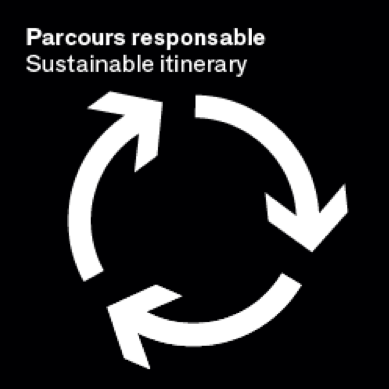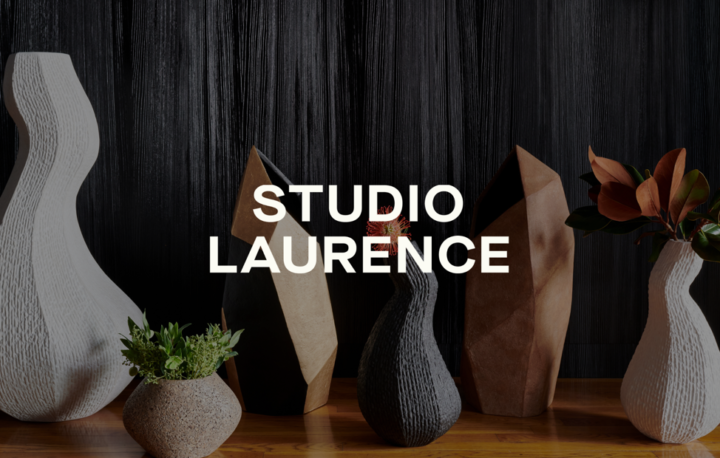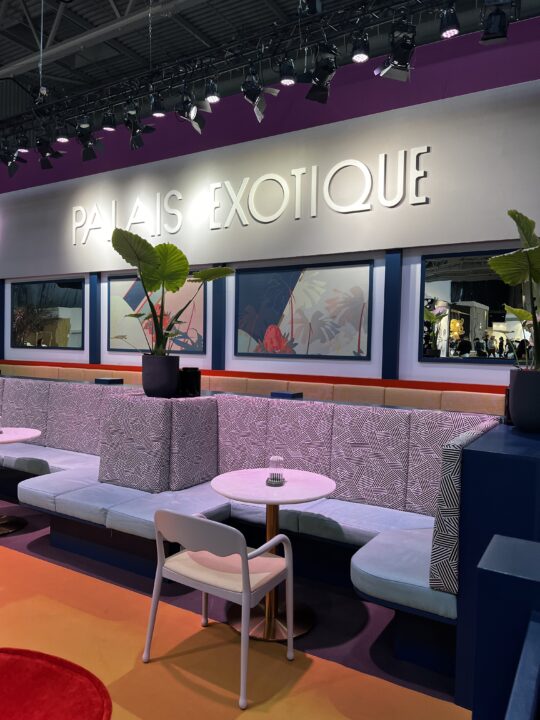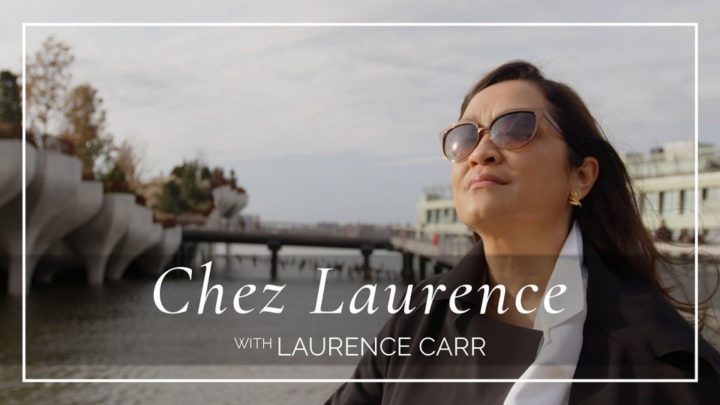
The smart home market is growing rapidly, and will approach $40 million in sales by the end of 2020 – so it’s safe to say that smart homes are here to stay. The convenience, improved productivity, and lifestyle enhancements they offer is worth the investment!
Integrating audio/visual components into a home is often one of the final parts of putting a home or room together. But with so many enhancements to modern technology, including the rising popularity of Smart Home elements, it’s essential to think about how to seamlessly integrate them into the architecture or aesthetics of the home earlier in the design process than ever before.
Technology will continue to drive the future of our global communities—our cities, our buildings, our workplaces, and our daily lives. It is evident to see that integrated smart technology, artificial intelligence and augmented reality are all part of our present already. Technologies work best when people are excited to use them, or when they offer a sense of luxury rather than deprivation. Technology has the power to make life much more efficient, and therefore more productive, which definitely enhances our sense of wellness.
Today, I’m talking with Noah Kaplan, Founder & President of Leon Speakers, who are leading the industry in crafting customized solutions for your audio and visual hardware so it can work in harmony with the design elements of your space. Just before CEDIA EXPO virtual 2020, we had the pleasure of doing this interview.
Beyond your TV, there are ways to integrate speakers and other smart home components so that they complement, rather than compete with, your environment. Or, they can be made into showpieces – speakers and televisions disguised as beautiful artwork. Or, they can even be made seemingly invisible!
All of these efforts elevate the quality of life at home, which is so essential now, with more people working from home than ever, and people spending more time in their homes (or backyards). Once you experience the luxury and convenience of a mindfully planned smart home, where music follows you from room to room ane even outdoors, voice commands can control your lights, window dressing, and speakers, life without these features is never quite the same.
Through Leon Speakers, my team and I have learned in great detail about the importance of considering A/V systems earlier in the design process, and about the abundance of innovative and impactful ways that we designers can offer our clients higher vision designs, that harmoniously include their home tech elements.
I am happy to have them on the blog today to share some of this knowledge with you. I know you will find it as fascinating as I do!
LCD: Leon Speakers is at the forefront of customized speakers and technology concealment components. Can you share a little more about the company, what you specifically offer and the overall impact on a space (residential, commercial) that your products can make?
LS: Absolutely. Leon has been in business for almost 25 years now and just as you mentioned, we design and manufacture customizable speakers and hidden technology products that are really aimed at bringing design and technology together. We believe that technology is an integral part of modern interior design and that it can actually enhance the design of the space instead of detracting from it. You can find Leons in all sorts of spaces all over the world— from luxury homes all the way to corporate boardrooms for Fortune 500 companies. The really unique thing about our products too is that they’re built-to-order just for you. Nothing is sitting on a shelf here, and we take great care in designing and handcrafting our products to perfectly match the spaces they’re designed for.

LCD: Through you and your team, we are learning about the increasing importance of the soundbar versus in-ceiling speakers or other speaker placements. But since it’s a separate component from televisions, it can be a challenging piece to work into a room’s design. Can you tell me your favorite ways that designers can “raise the bar” in speaker integration to not just improve the visual aesthetics of how these elements blend into the space around them, but also how it affects the quality of the audio experience? Please don’t hesitate to get too technical.
LS: We’re often referred to as “the soundbar guys” and it’s because we were on the forefront of their development in the early 2000s. Before the soundbar was a staple in the home, everyone was using big, bulky speakers that weren’t design friendly at all. What the soundbar did was bring all 3 channels of audio into one single cabinet—and we took it a step further by building that cabinet to match the exact width of the TV so that it blended in visually.
There are other options that we offer for the TV beyond just the soundbar though, like our Edge Media Frame that encases the TV in a midcentury modern-inspired frame that hides all the mounting and wiring, and our Media Décor line of moving art products that uses artwork to completely conceal the TV when it’s not in use.
Oftentimes people look at photos of rooms with our products installed in them and they can’t find the speakers—and that’s exactly what we want. Our goal is to either make the technology blend in completely, or to give it beautiful custom details that turn it into a statement piece that you actually want to look at. There are so many more options out there than I think a lot of designers realize.
LCD: I’m sure by now a lot of architects and designers reading this are excited about elevating their work by incorporating some of this advice! How do you recommend they best approach integrating a space’s tech elements into their design?
LS: There has been a lot of talk in our industry in recent years about how important it is for AV professionals to collaborate with architects and interior designers and we know that the more we can learn about each other’s trades, the better the outcome will be. The best advice I can give is to start thinking about the technology as early on in the design process as possible. Speakers and other tech devices are oftentimes an afterthought, but when they’re built into the plan from the start, we can ensure that we’re coming up with the best solution for the space instead of trying to retrofit something after the fact. It’s important too to find the right AV partner to work with. The Home Technology Association is a great resource for finding the best technology integrators in the business and they have a comprehensive list of HTA-Certified firms that includes many Leon Dealers.
LCD: As you know, my focus as a designer is on sustainability and wellness, not just in our spaces, but also extending into our lifestyle. How do you see Leon’s work and the rise of smart home innovation playing into the public’s increasing demand for sustainable design?
LS: While we all love to have the latest technology products in our homes, one of the biggest problems is the waste that they create—our planet now has a geological layer of the earth they’re calling the “technosphere” that is comprised entirely of man-made items, most of which will never biodegrade. As someone who runs a company that manufacturers products, sustainability is something that I think about a lot. One thing I can say is that while a lot of products out there only have a life cycle of a few years, our products are designed to last. A Leon is an investment piece that will remain in your home for many, many years—a lot longer than the commodity products that have to be replaced year after year when the newest model is released. We’re also very mindful about the materials that we use and the packaging that our products are shipped in and we will continue to push to find smarter and more sustainable solutions.

LCD: Would you introduce us to some of your latest products and innovations?
LS: While we started out as a speaker company, we’ve been focusing a lot on the technology concealment side of our business lately. We’re about to launch a new product called the Tonecase FIT Universal that is essentially a high-end mounting system that mounts almost any consumer soundbar out there to the TV and conceals it behind a grille that matches the exact width of the TV. We also just released a soundbar solution called FrameBar for Samsung’s The Frame TV that is a great way to add high-end audio to The Frame in a really discreet way. We’re continuing to expand on our design options too and we recently added a collection of designer grille fabrics that can be used with any of our indoor speakers and we have some new metallic finishes for our Edge Media Frame that we’re really excited about.
LCD: Speaking of the future – with audio and visual technical design, trends seem to be shifting more rapidly than other industries, as progress in engineering moves faster and faster. Being the cutting edge of A/V integration solutions as you are, what do you imagine the next trends in the industry might bring as pertains to interior design?
LS: Like everyone else, we’re seeing a lot of focus on the home office right now and video conferencing products are an essential component in any office space. The commercial side of our business has been growing steadily for years, and we’ve seen a lot of interest recently in our Horizon Interactive soundbar that combines audio and video in one streamlined product. Design-wise, we know that all of these small form-factor technology products can create a lot of visual clutter, so we’re continuing to find thoughtful ways to integrate them that will make both homeowners and designers happy.
Sending gratitude to Noah at Leon Speakers for this inspiring conversation – and to you for taking the time to read it. To stay up to date on their latest news and innovations, be sure to visit Leon Speakers website, and follow them on Instagram and Facebook for more inspiration.







